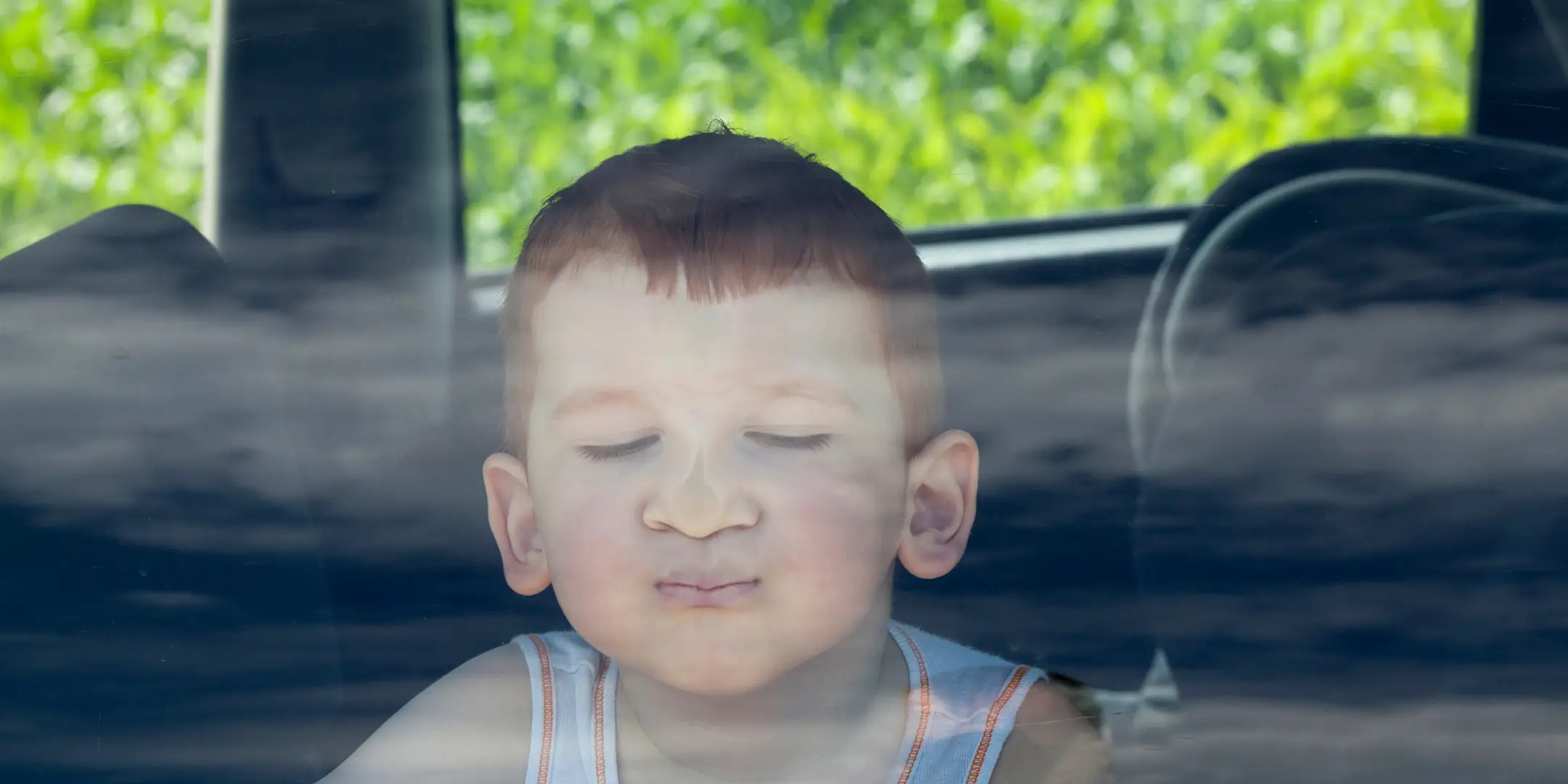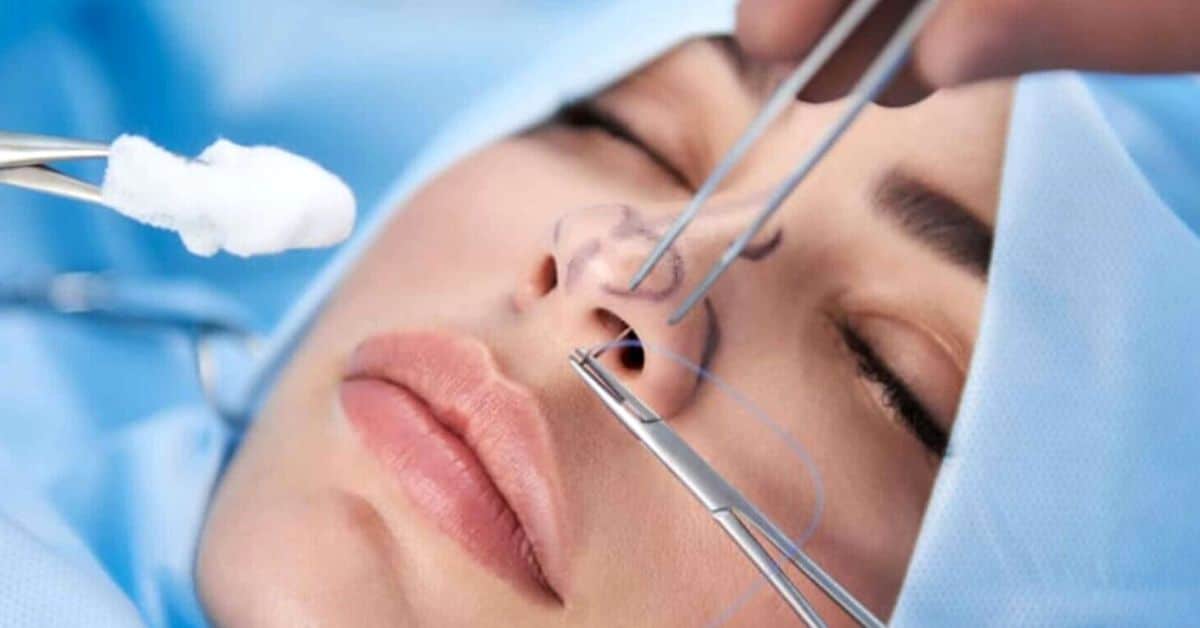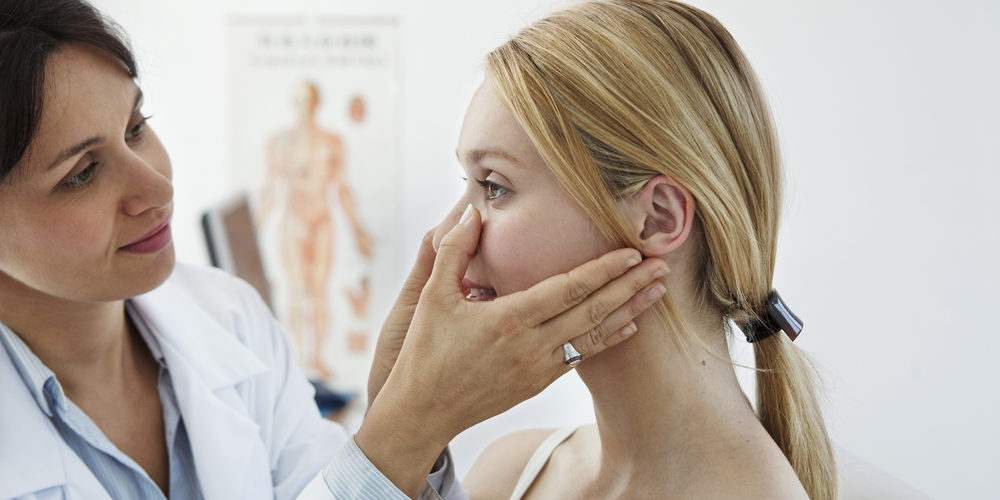Have you ever wondered which famous personality has the world’s most attractive nose? The Israeli-American actress Natalie Portman is thought to have the most beautiful nose in the entire world. The majority of celebrities do, however, have nose deformity issues, despite this.
One such condition, notably in celebrities, is saddle nose malformation. A saddle nose shape, also known as a saddle nose deformity, is characterized by a reduction of height in the bridge of the nose.
Although some famous people are known to have had nose surgery, it is unclear if this explicitly addressed saddle nose deformities. Michael Jackson, Jimmy Fallon, and Ashlee Simpson are a few examples.
In this article, we will discuss saddle nose deformity, its causes and symptoms, and how to treat it.
What Is A Saddle Nose Deformity?
Damage to the bones or cartilage can occasionally occur due to illness, trauma, or surgery. The bridge loses its stability and caves in from the inside. The nasal bridge has a depression in the center third that gives it the appearance of a saddle. For this reason, it is sometimes known as saddle nose malformation.
Because boxers frequently get nose injuries from blows to the face, it is also known as a boxer’s nose because it affects them so frequently. It may also be known as a pug nose because it can occasionally induce a slight upturn at the tip of the nose.
A patient with a saddle nose may experience severe emotional effects, such as depression or self-consciousness. Additionally, it may make it difficult to breathe normally.
Causes Of Saddle Nose Deformity
Loss of nasal height can be caused by a variety of factors. The structural stability of the nose depends on the nasal septum. It serves as the nose’s main structural support and is its core pillar.
A collapsed nose can result from any disorder that affects the nasal septum. Regardless of the underlying cause, the nose frequently seems sunken as a result.
The following are the causes of saddle nose deformity:
- Past surgery: Having had a septoplasty or septorhinoplasty before, the nose may now be saddled. Aggressive septoplasty, in which most of the septum is removed, can eventually cause the nose to weaken and even collapse. Additionally, any septoplasty treatments carried out on patients who are too young may cause the nose to saddle as people age.
- Trauma: The most common cause of nasal saddling is trauma. Any type of nose damage might cause saddling or sagging. When the septum is cracked due to trauma, it weakens and loses nasal height.
- Septal abscess and septal hematoma: Nasal saddling is brought on by a buildup of blood or pus in the septum, which can result from trauma, surgery, or manipulation of the septum.
- Vascular and autoimmune disorders: Vasculitis, or the inflammation of blood vessels, may result from autoimmune and vascular conditions in the septum. The septum’s blood supply is reduced as a result of the inflammation, which may cause tissue necrosis and loss. As the disease progresses, the septum becomes weaker and the nasal bridge becomes shorter. Relapsing polychondritis and Wegener’s granulomatosis are two examples of diseases.
- Using cocaine: Cocaine usage that is ongoing or chronic will also reduce blood supply to the nasal septum, leading to necrosis and loss of tissue. In the end, this causes the nasal septum to contract and the nasal bridge to flatten.
- Infections: Nasal saddling can result from chronic infections like syphilis that impair blood supply to the nose and septum.
What Are The Saddle Nose Symptoms?
Nasal obstruction in patients with saddle-nose abnormalities can vary in severity. When a saddle nose is mild to severe, middle vault collapse is frequently seen. Nasal breathing may be significantly obstructed by the inferomedial collapse of the upper lateral cartilages and the ensuing narrowing of the internal nasal valve.
In general, a sunken or depressed appearance of the nose’s bridge, difficulty breathing through the nose, and a lack of nasal symmetry are all common symptoms of a saddle nose. Additionally, the affected area could experience pain or discomfort.
Numerous circumstances, such as trauma, infection, or congenital flaws, might result in these symptoms. A physician should be consulted for an appropriate diagnosis and course of action.
How To Treat Saddle Nose Deformity?
Revision rhinoplasty is the most effective treatment for a saddle nose. It is fair that patients could feel uneasy about having more nasal surgery to undo the harm from a previous procedure. But this is the only long-term response to this issue.
According to experts, it is preferable to postpone your next procedure for a time. Waiting will allow the edema and scar tissue to subside, allowing the surgeon to assess the situation and perform any necessary repairs.
Because the supporting cartilage or bone is damaged or removed excessively in saddle noses, installing a support structure is a successful treatment. In most cases, revision involves meticulously sculpting cartilage taken from places like the ribcage or ear, grafting it into the nose’s structure, and then performing the revision.
Saddle Nose Surgery Complications
Medical, functional, and aesthetic complications during saddle-nose repair can all occur. The quantity and length of surgery, the method used to operate on the nose, the amount of dissection, the number of prior operations, the use and selection of reconstruction materials, and the inherent patient variables all influence the likelihood of complications.
The following are the medical complications of saddle nose surgery:
- Localized cellulitis, the development of an abscess, an infected implant, or an infected graft harvest site
- Atelectasis or pneumothorax with rib cartilage harvest is a perioperative medical occurrence.
- Injuries brought on by intubation and connected to the anesthesia.
The following are the functional complications of saddle nose surgery:
- Nasal obstruction is caused by inferior spreader graft migration, restenosis of the internal nasal valve, iatrogenic septal perforation, or synechia.
The following are the adverse effects of anesthesia of saddle nose surgery:
- Alloplast implant related – Extrusion, displacement, or abnormal implant shapes.
- Graft related – Migration or displacement, warping, visibility of graft through thin skin or with time, or graft resorption.
- General rhinoplasty related – Loss of tip definition or symmetry, Polly beak deformity or loss of favorable supratip break, inappropriate columellar show, alar-columellar disproportion, crooked nose deformity, or other well-recognized rhinoplasty complications.
- Prolonged localized erythema, stitch granuloma, scarring (rare), or nasal tip associated with transcolumellar incision.
FAQs
A: A sunken or depressed appearance of the nose’s bridge, difficulty breathing through the nose, and a lack of nasal symmetry are all common symptoms of a saddle nose.
A: Revision rhinoplasty is the most effective treatment for a saddle nose.
A: The medical complications of saddle nose surgery include localized cellulitis, atelectasis, or pneumothorax with rib cartilage harvest.









